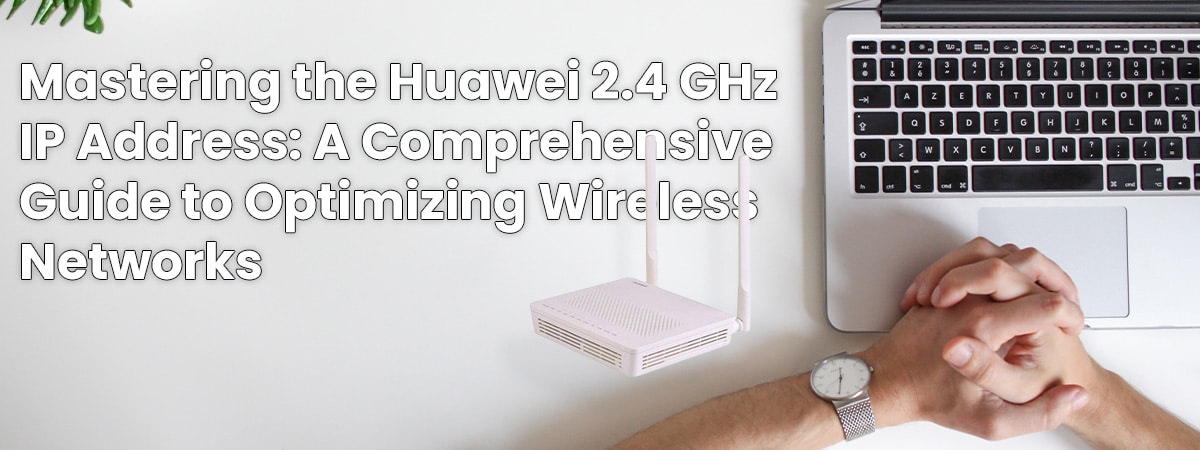Introduction:
In the world of networking, Huawei has established itself as a leading provider of innovative solutions. With the proliferation of wireless networks, understanding the Huawei 2.4 GHz IP address is crucial for optimizing network configuration and troubleshooting. In this article, we delve into the details of the Huawei 2.4 GHz IP address, its significance, and practical considerations for network administrators.
Understanding the Huawei 2.4 GHz IP Address:
- Define what an IP address is and its role in networking.
- Explain the specific relevance of the Huawei 2.4 GHz IP address in wireless networks.
- Discuss the importance of the 2.4 GHz frequency band in Wi-Fi communication.
Configuration of the Huawei 2.4 GHz IP Address:
- Provide step-by-step instructions for accessing and configuring the Huawei 2.4 GHz IP address.
- Explain the various methods, including using the Huawei router’s web interface or Huawei’s dedicated mobile app.
- Discuss the key parameters to consider during configuration, such as SSID, security settings, and channel selection.
Optimizing Network Performance with the Huawei 2.4 GHz IP Address:
- Explore best practices for optimizing the performance of the Huawei 2.4 GHz network.
- Discuss the importance of choosing an appropriate channel to minimize interference.
- Highlight the significance of using a strong security protocol to protect the network from unauthorized access.
- Provide tips on optimizing signal strength, such as strategic router placement and adjusting transmission power.
Troubleshooting the Huawei 2.4 GHz IP Address:
- Address common issues that may arise when dealing with the Huawei 2.4 GHz IP address.
- Discuss potential sources of interference, such as neighboring networks and household appliances.
- Offer troubleshooting steps to overcome connectivity issues, slow speeds, or signal dropouts.
- Explain the importance of firmware updates to ensure the router’s stability and performance.
Advanced Features and Customization:
- Introduce advanced features available in Huawei routers for further customization.
- Discuss features such as guest networks, parental controls, and Quality of Service (QoS) settings.
- Highlight the benefits of these features in enhancing network security and providing a personalized user experience.
Securing the Huawei 2.4 GHz IP Address:
- Emphasize the significance of securing the Huawei 2.4 GHz network to protect against unauthorized access and potential threats.
- Discuss the importance of strong passwords, enabling encryption protocols, and regularly updating firmware.
- Provide additional security measures, such as enabling MAC address filtering and disabling remote management.
Future Developments and Considerations:
- Discuss emerging trends and developments in wireless networking, such as the transition to the 5 GHz frequency band and the adoption of Wi-Fi 6 technology.
- Highlight Huawei’s contributions to these advancements and their implications for network administrators.
Conclusion:
The Huawei 2.4 GHz IP address plays a vital role in configuring and optimizing wireless networks. Understanding its significance and mastering the configuration process empowers network administrators to enhance network performance, troubleshoot issues effectively, and provide a secure and seamless wireless experience. By leveraging the capabilities of the Huawei 2.4 GHz IP address, organizations can stay at the forefront of wireless networking technology.
